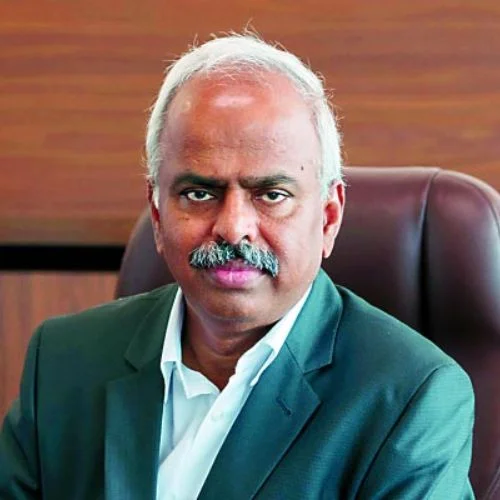The relationship between China and India has been strained since a violent clash along their shared border in 2020. The recent expulsion of journalists from both countries has further deepened the rift between these Asian economic powerhouses. In a tit-for-tat response, Chinese authorities have asked the last Indian journalist in China to leave, while Indian journalists in China faced visa denials. This article will explore the background, events, and implications of this escalating media standoff.
The tense relationship between China and India can be traced back to a deadly brawl on their shared Himalayan frontier in 2020. While China has attempted to isolate the border issue from overall bilateral ties and focus on trade and economic cooperation, India insists that the border dispute must be resolved before relations can normalize.
The recent expulsion of Indian journalists from China highlights the deteriorating media freedom in the country. Earlier this year, Indian media outlets had four reporters based in China. However, the Hindustan Times reporter left over the weekend, while two journalists from Prasar Bharati and The Hindu newspaper were denied visa renewals in April. Now, the last Indian journalist in China has been asked to leave, erasing India’s media presence in the world’s second-largest economy.
Meanwhile, there is currently one Chinese journalist left in India, awaiting the renewal of their visa. Last month, New Delhi rejected visa renewal applications from two Chinese journalists from Xinhua News Agency and China Central Television. This asymmetric treatment of journalists between the two countries further exacerbates the media standoff.
The visa dispute between China and India originated from Indian journalists hiring assistants in China to aid in reporting. Chinese authorities imposed measures limiting employment to three individuals at a time, and these assistants must be selected from a pool provided by the Chinese authorities. In contrast, India does not have a cap on hiring. This discrepancy in employment regulations contributed to visa rejections and strained media relations between the two countries.
The expulsion of journalists comes at a critical time as India hosts the Group of Twenty (G-20) and the Shanghai Cooperation Dialogue meetings this year. China’s President Xi Jinping is expected to attend the G-20 leaders summit in September, where China aims to enhance its diplomatic and political presence on the global stage. The media standoff between China and India raises concerns about press freedom, diplomatic relations, and the impact on international events and cooperation.
China’s media dispute with India is not an isolated incident. China and the United States have been embroiled in a long-standing disagreement over journalist visas. The Trump administration’s designation of certain Chinese media companies as “foreign missions” and its imposition of caps on the number of Chinese journalists in the US triggered Beijing’s response of revoking press credentials for reporters from US media organizations. These conflicts reflect the broader tensions in China’s relationships with democratic nations and its approach to media freedom.
The expulsion of Indian journalists from China and the visa rejections of Chinese journalists in India underscores the deepening media standoff between these two Asian giants. Against the backdrop of an unresolved border dispute and deteriorating relations, the impact on press freedom, diplomatic ties, and international events cannot be overlooked. The ongoing media disputes between China and various nations, including India, the US, and Australia, highlight the challenges faced by journalists and the importance of upholding media freedom in today’s complex global landscape.














